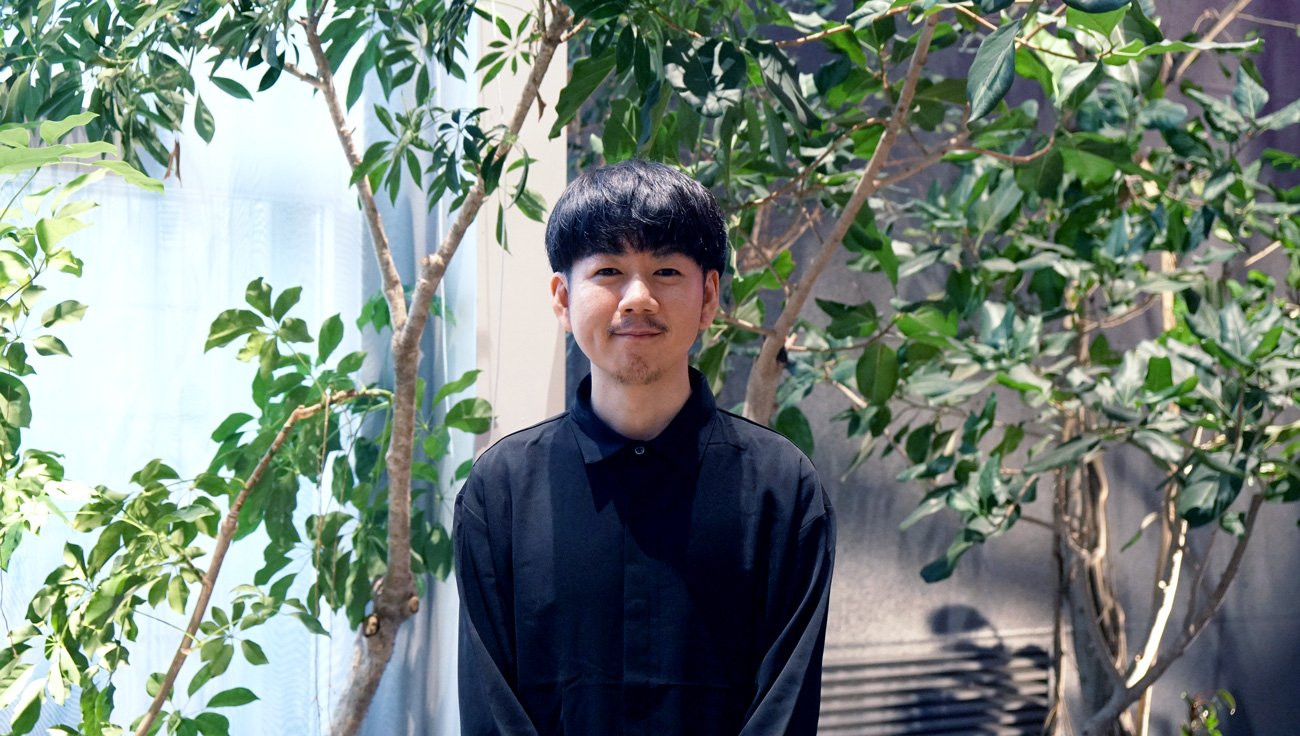Interviews with Past Winners
Toshiyuki Kawada
"NEWRON"
2025 Grand Prix
"NEWRON" won the Grand Prix out of 1,448 entries in the KOKUYO DESIGN AWARD 2025. With its rough, uneven surface that provides an impactful sensation to your fingertips, this writing instrument has been designed as a "tactile tool" to help bring out ideas. The extreme design does not provide comfort to the person holding it, but instead delivers a sensation that borders on pain. We spoke with Mr. Toshiyuki Kawada, the recipient of the award, to find out what kind of thoughts he put into it.
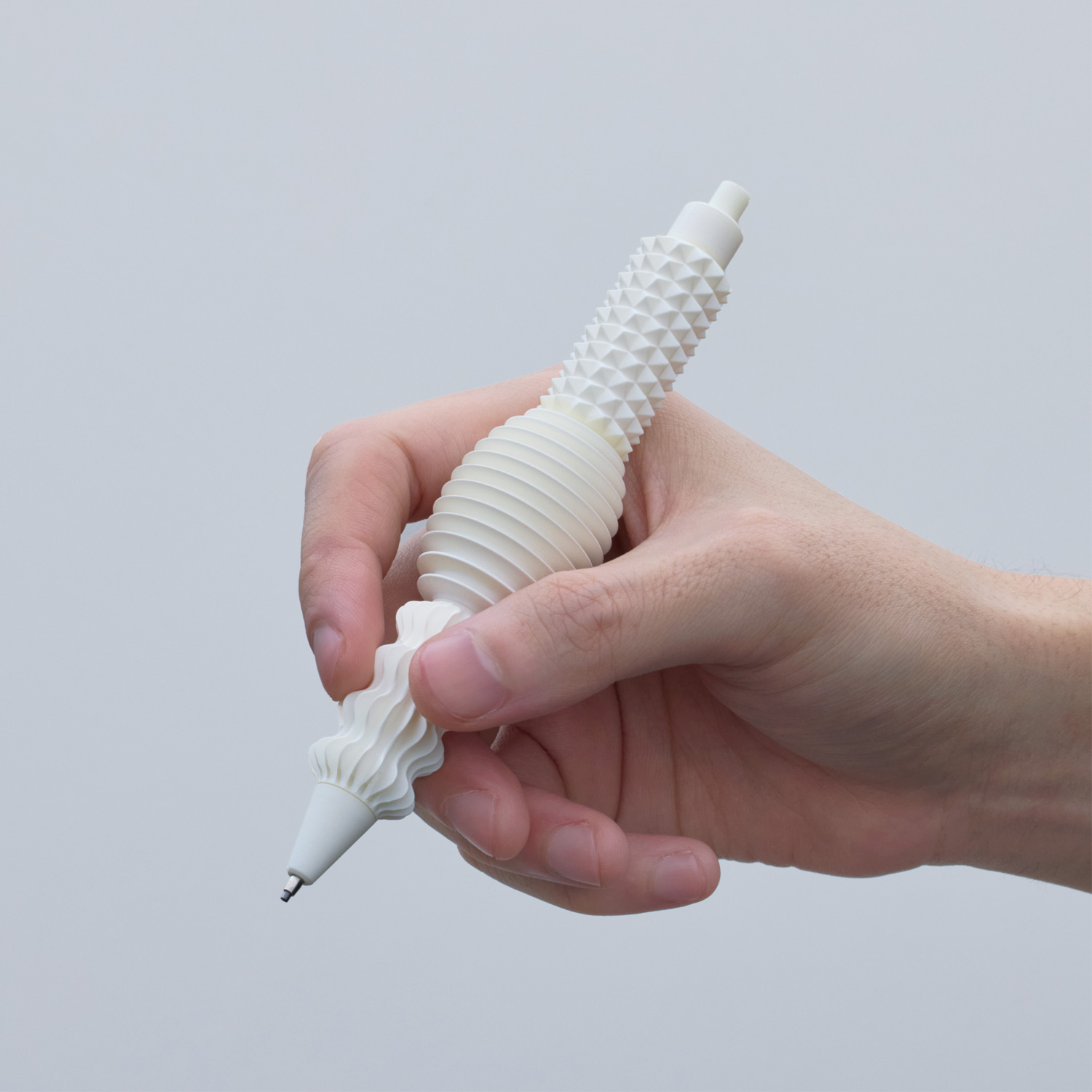
Design that starts with "sensation" rather than form
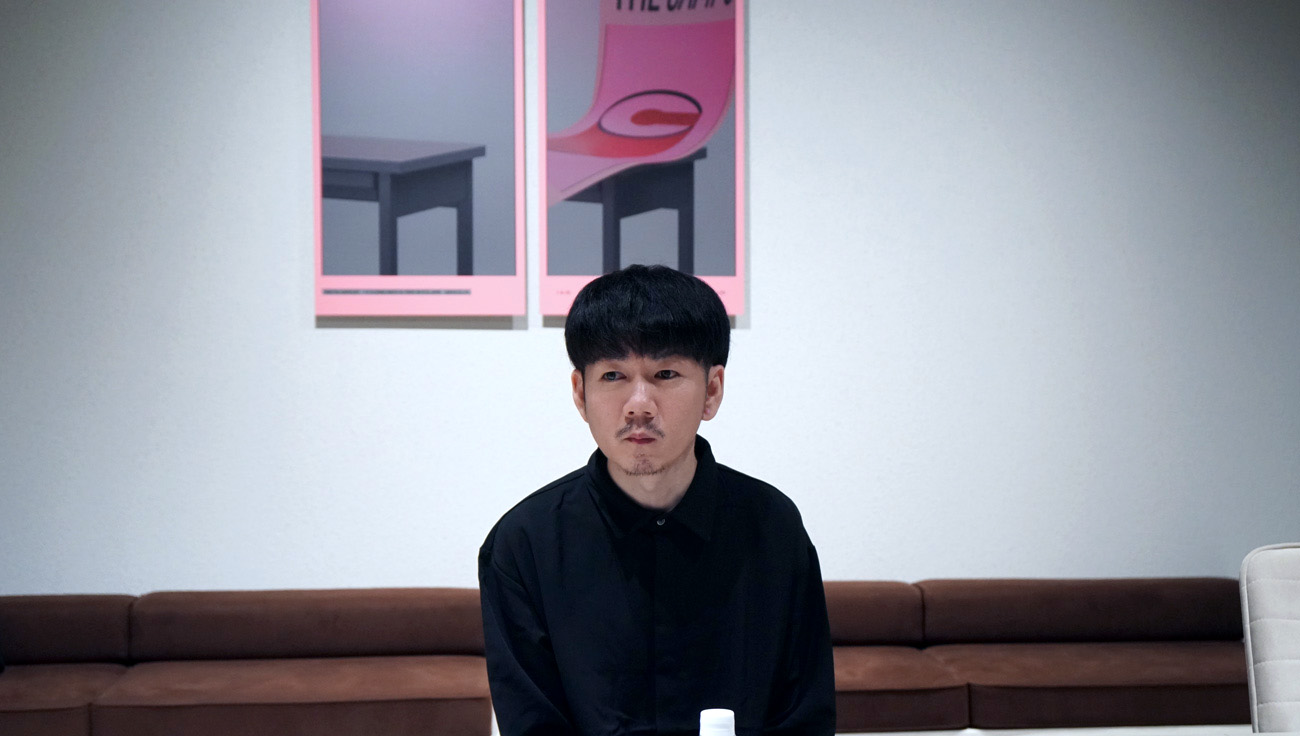
Mr. Toshiyuki Kawada, winner of the Grand Prix at the KOKUYO DESIGN AWARD 2025
―― What kind of work do you usually do?
Kawada: I work on corporate product planning, branding, and production of sales promotion tools. I've been involved in a wide variety of product genres, including metal, leather, textile, and paper, and have been involved in the field of manufacturing that's not bound by materials, so to speak.
―― How did you get involved in product design?
Kawada: When I was a student, I studied basic arts, so I was used to being in contact with materials and shapes. However, I acquired product design know-how and ways of thinking through my work in graphics and brand creation after graduation. In terms of my design style, rather than starting from the product's shape, I'm good at starting from the background and story of the brand, and then developing that feeling into the product.
―― What made you decide to apply for the KOKUYO DESIGN AWARD?
Kawada: Actually, I tried four times in the past, but this is the first time I've received the award. Although I always checked the theme every year, I didn't always apply. I applied based on whether I could use my own approach to come up with an idea that fit the theme.

Ideas born from an approach that connects the sense of touch and stationery
―― What was your first impression of this year's theme, "prototype"?
Kawada: As I deal with prototypes in my daily work, I felt this was a theme that was close to my heart. Furthermore, I thought that it was precisely because the idea was "unfinished" that I could make a proposal freely. So, I made the effort to leave some space in the presentation sheet for the first round of judging, and was conscious of making a proposal that could be gradually refined during the judging process. This is why I also changed the design of the presentation sheet from the time I applied and the time of the final judging. As I upgraded the prototype (the design of the work), I also changed the way it's presented to a more appropriate design.
―― Now, please tell us what you were conscious of when creating the presentation sheets for the application and the final judging, respectively.
Kawada: When applying for the contest, I deliberately kept the information minimal so that the judges would be able to grasp the image of the work when they viewed it, even if only for a short period of time. Also, because the theme was "prototype," I focused on making the presentation of the work as simple and easy to understand as possible.
At the time of the final judging, I intentionally kept the amount of information minimal in the application, so I included more details and supplementary information to make the structure easier to convey a sense of completeness.
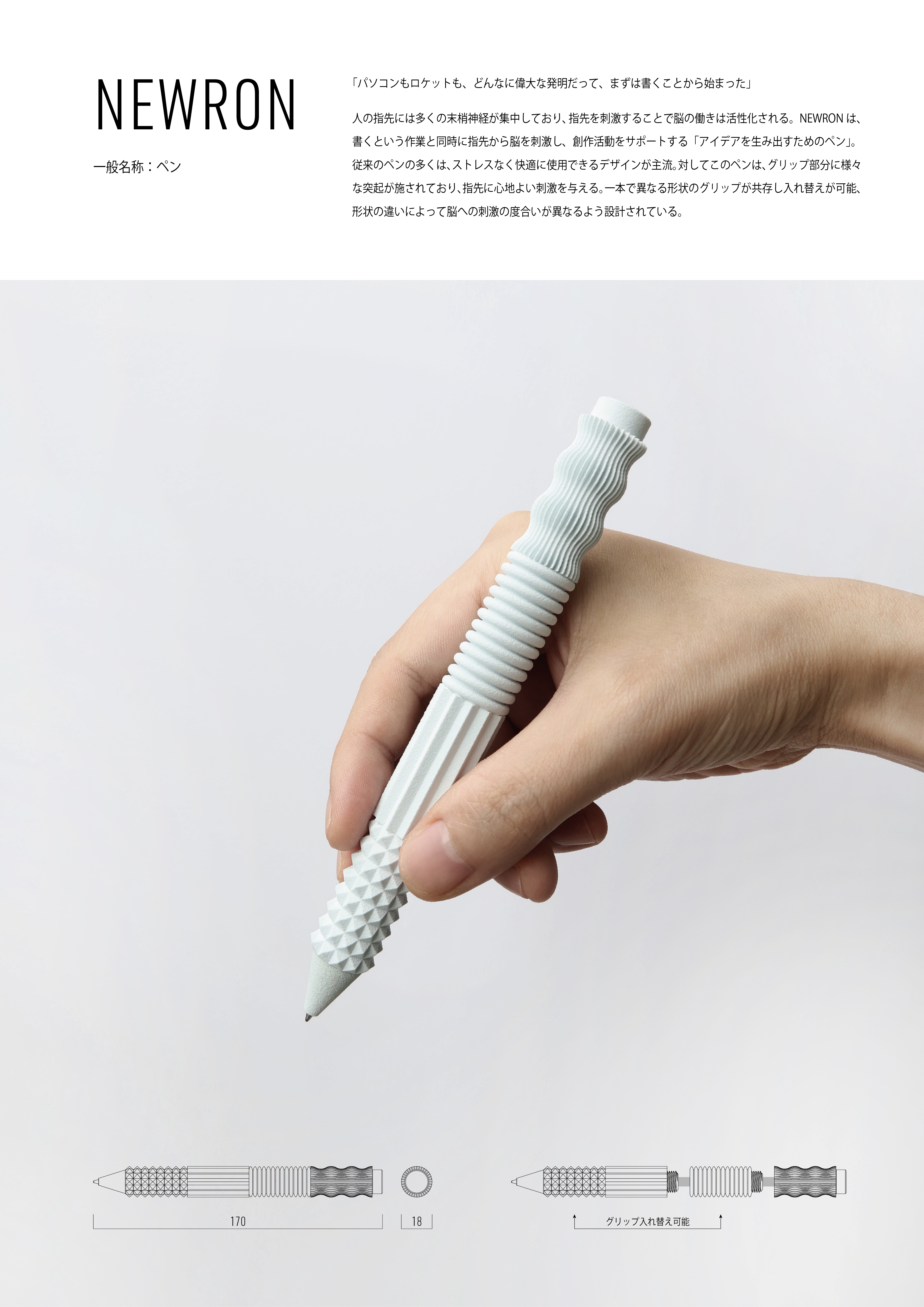
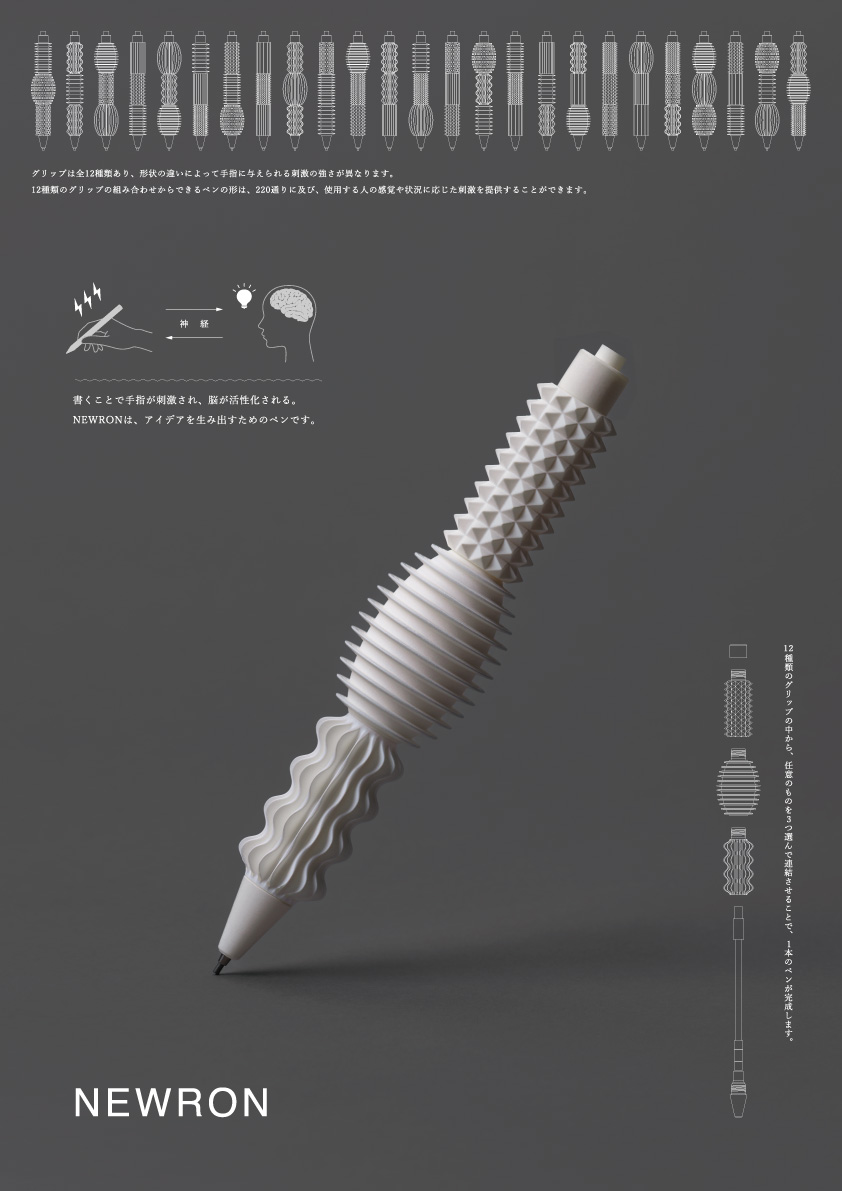
Mr. Kawada's presentation sheet (Left: at the time of application, right: at the time of final judging)
―― Do you have any advice for future applicants when making the presentation sheet?
Kawada: When I applied, I tried to make the structure simple and easy to understand, and during the final judging process I made sure to include more specific details about what I wanted to convey. Therefore, I think it's a good idea to try and come up with different ways to present it at each stage.
―― This time, your work was ultimately made into a writing instrument, but was this something that you decided at an early stage?
Kawada: I hadn't clearly decided. However, I'd already decided on an approach based on one of the five senses, "the sense of touch," from the beginning, and this, combined with my own experimental product creation, led me to writing instruments. A pen is a familiar item that everyone uses, but I thought that by intentionally providing a "stimulus" that resists its comfort and familiarity in the hand, I might paradoxically bring out creativity.
―― That's a pretty challenging approach that rejects the comfort we often expect of everyday products.
Kawada: Yes, I agree. I think that in today's stationery market, the pursuit of comfort, such as "ease of writing" and "ease of holding," has become common sense. However, I believe that sometimes a sense of "discomfort" or "stimulation" can be the catalyst for bringing out creativity. For example, even pressing acupressure points can sometimes help you concentrate by providing just a little stimulation. The "NEWRON" is a product that aims to use that "discomfort in the sense of touch" to trigger a thought process. When you are stuck for an idea, you can pick up this pen and switch your mind through the sense of touch. That's how I intend to use this pen. The shape and materials were also repeatedly tested, aiming for a strength that was just "slightly painful."
―― What was the thought process behind your focus on the five senses, such as touch, in the first place?
Kawada: When I was a student, the curriculum at the design school I attended included a class on basic arts that incorporated a physical approach, including the five senses. For example, I deliberately used tools that didn't work the way I wanted them to, and I did exercises in which I didn't rely on my sense of sight, but only on my hands to create shapes. I believe that those experiences came in handy during production.
―― How did you feel when you were selected as a finalist?
Kawada: I was happy, of course, but even more than that, I felt a sense of relief that the value of this work had been conveyed properly. For me it was a fairly experimental proposal, so when that challenge was recognized, I felt a sense of validation that what I had been doing wasn't wrong.
Pursuing materials and shapes that create "stimulation" rather than comfort
―― What was the process for making the model?
Kawada: A 3D printer-related exhibition happened to be held during the production period, so I consulted with several exhibitors. However, because the modeling was complicated and I was particular about hardness, I was turned down by most companies... In the end, it was decided that a company that I work with on a daily basis would handle the project, and I proceeded to consider materials and modeling in one fell swoop.
―― You said you were particular about hardness, but how did you decide on the material?
Kawada: At first, I considered several options, including plaster-like textures and resins, but they fell short of the "strong stimulation" I was aiming for, and I eventually settled on a ceramic-based material. I also tried softer materials, but I decided that they were too comfortable and not in line with the intention of this work.
―― What kind of ideas did you use in your presentation for the final judging?
Kawada: At first, I thought, "I don't want to say too much, just show how to use it with a video." However, due to the nature of the theme, I decided that a verbal explanation was also necessary, so for the first half I gave an overview of the product in words, while the second half quietly showed the product in use on video. That was the structure I decided on. I was nervous, but I tried to find the best way to convey the message.
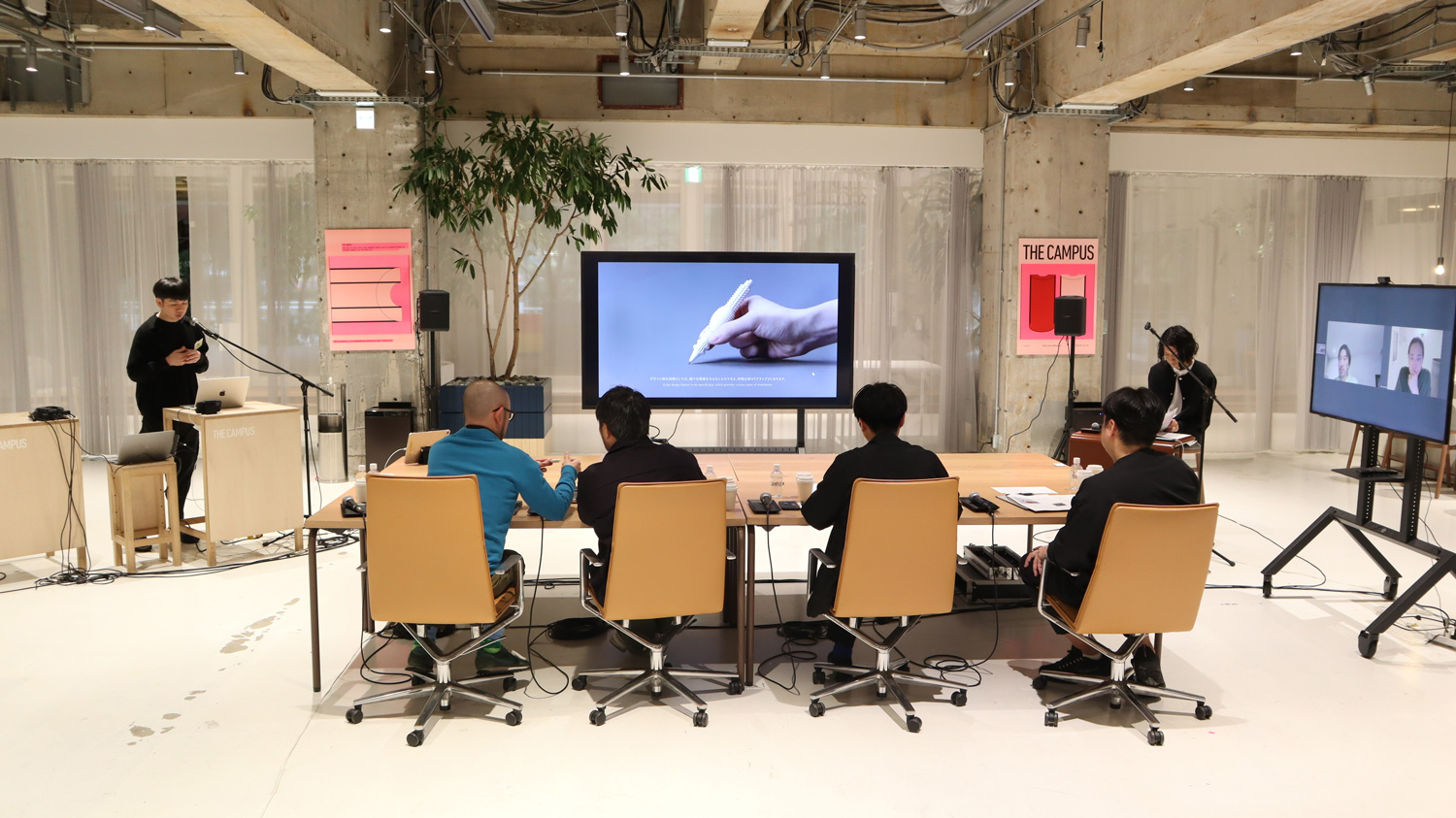
Mr. Kawada's presentation
―― How did you feel when you won the Grand Prize?
Kawada: I was happy, and at the same time, I had the feeling that all the nervous tension that had been building up was suddenly released. Even after being selected as a finalist, I thought "this might be my last chance," so I spent most of my time outside of work on production and preparing the presentation, and I worked on the video until the very last minute. There was a lot of pressure, but I believe I was able to do it without any regrets.
The KOKUYO DESIGN AWARD is a place where people can believe in "hopeful design"
―― Looking back on the KOKUYO DESIGN AWARD, what kind of opportunity do you feel it was?
Kawada: Receiving this award has given me a renewed sense of realization that "there is hope in design." It's not just comfortable and easy to sell as a product, it's also broad-minded and open to unconventional ideas. I feel that's what this award is all about. That's why I was able to express myself freely, and I think my experimental proposals were also appreciated.
―― What does good design mean to you, Mr. Kawada?
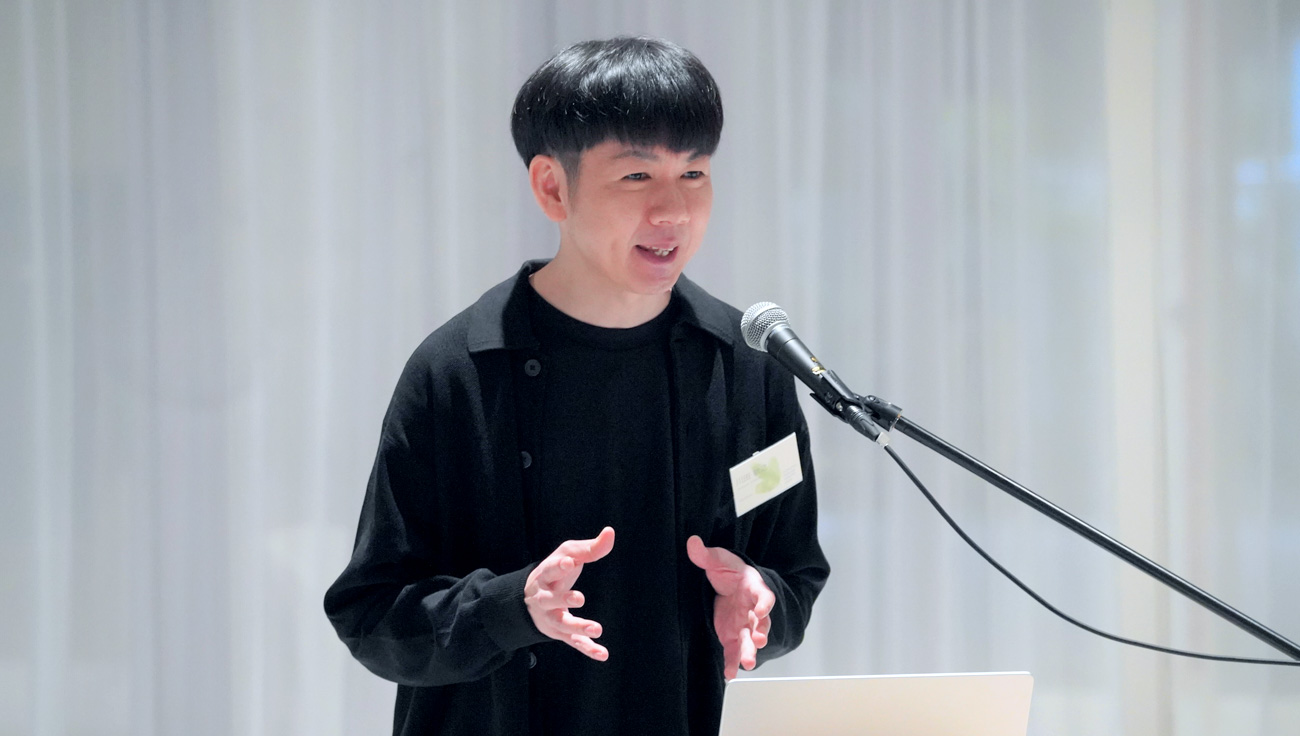
Mr. Kawada's presentation
Kawada: That's a difficult question, but I think it's "design that gives hope." Sales and marketability are of course important, but if I had only pursued those, I would've never come up with an idea like this one. Even if it's just a little, it gives someone a sense of hope and possibility for the future. I believe that this leads to good design.
―― Please tell us your future goals and challenges.
Kawada: Thankfully, I am currently working with several clients on product planning and brand development. Rather than setting big dreams, I would like to first face each task in front of me sincerely. For me, design input and output are a part of my daily life and are at the center of my daily routine. I want to continue creating things sincerely, being true to my love of design.
―― Finally, please give a message to those who are considering applying for the KOKUYO DESIGN AWARD.
Kawada: What I valued this time was the courage to let go of conventions --- to be daringly naive in a good way. Think outside the box and question what's considered common sense. The KOKUYO DESIGN AWARD embraces this kind of mindset. Trust your sense of discomfort, and don't be afraid to dive in and take risks.
